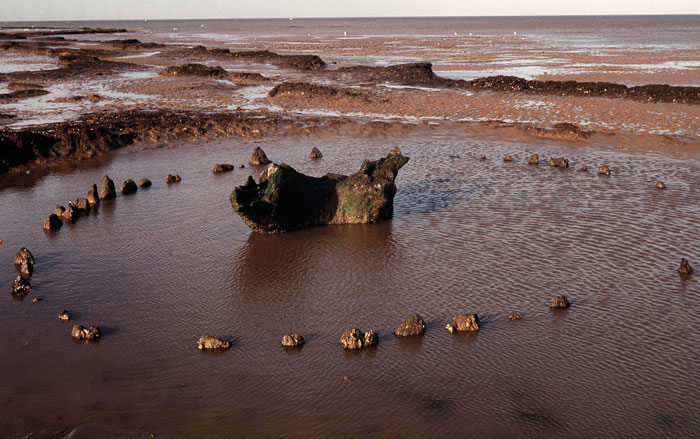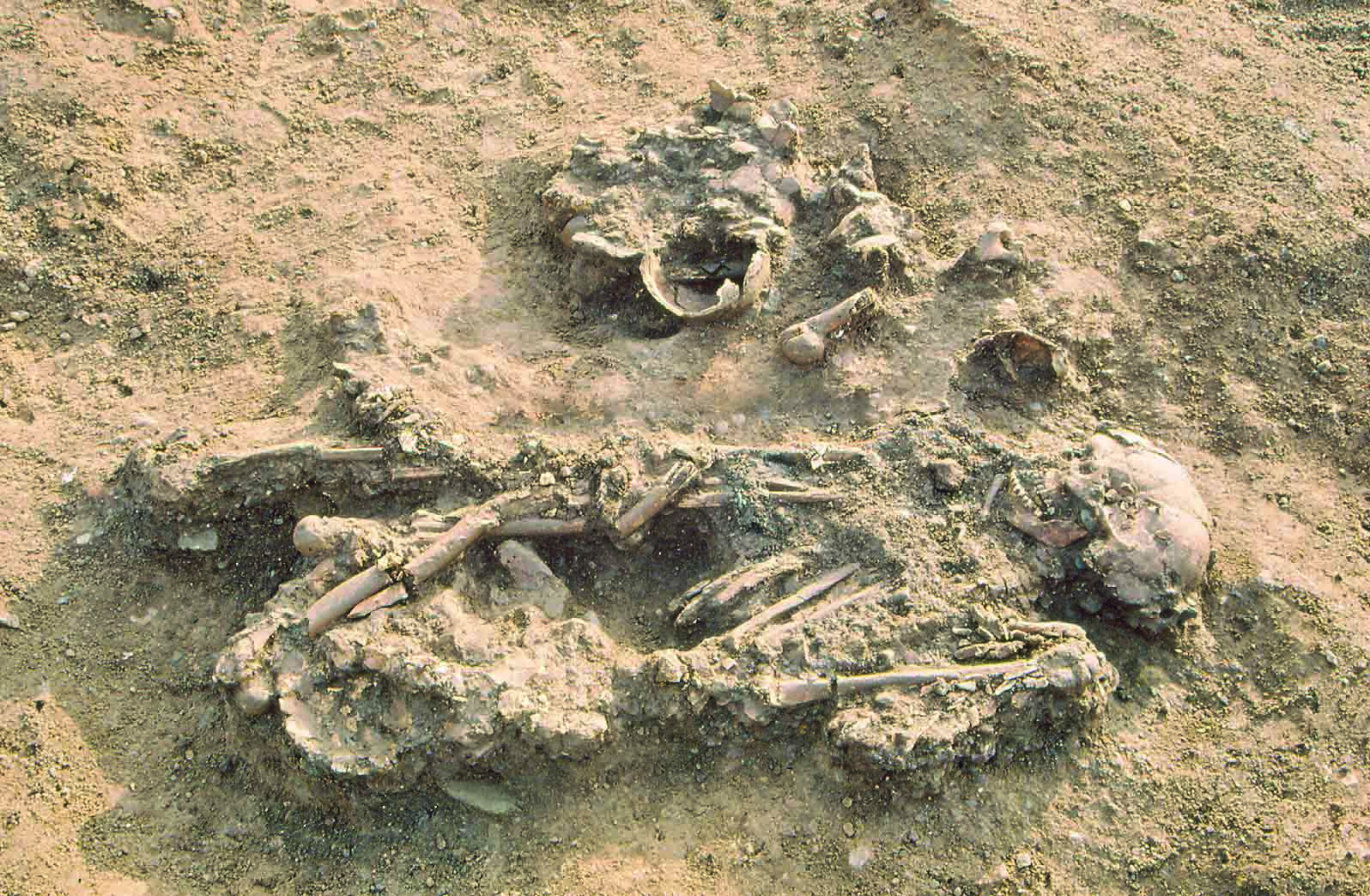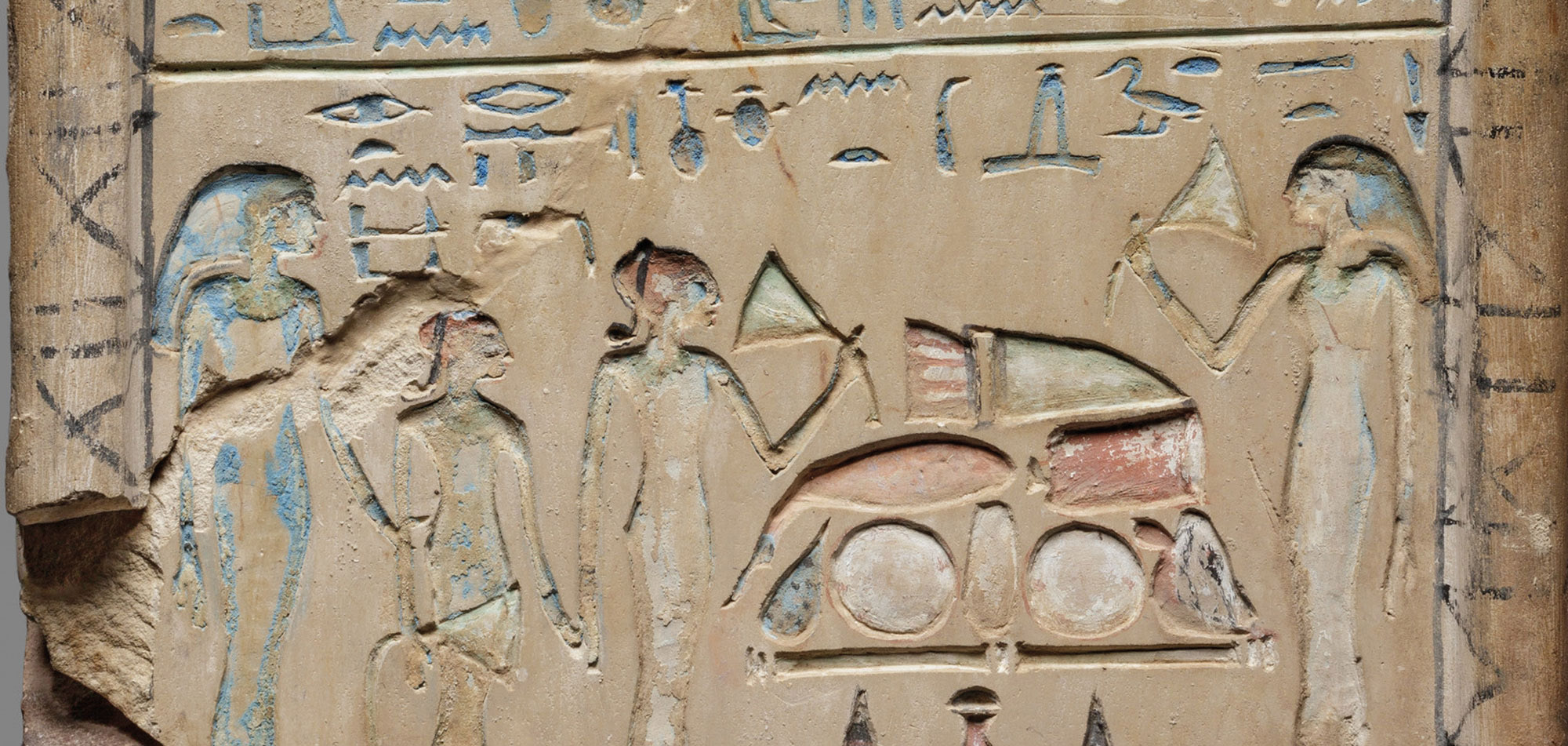
OXFORDSHIRE, ENGLAND—According to a statement released by the Oxfordshire County Council, a Bronze Age well lined with wood was uncovered during an investigation conducted by Oxford Archaeology ahead of a road construction project in southeastern England. The well is thought to have been used for agricultural purposes by people living in a nearby settlement. “When investigating what appeared to be a standard pit for the site, the archaeological team started exposing the remains of a preserved wooden post driven vertically into the ground,” said archaeologist John Boothroyd. “Further excavation revealed that these posts formed the uprights of a wattle structure that lined the edge of the pit,” he added, explaining that the waterlogged ground preserved the pieces of wood. The wooden lining was carefully dismantled for removal, and a sample was sent for analysis. Study of soil samples could also help the researchers determine how the surrounding landscape was used. To read about excavations of a wall in Liverpool that was once a popular destination for religious pilgrims, go to "The Curse of a Medieval English Well."










